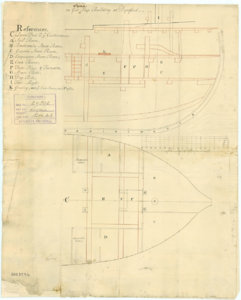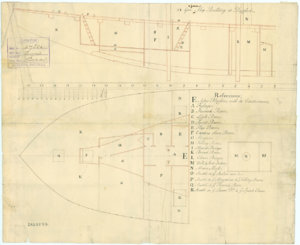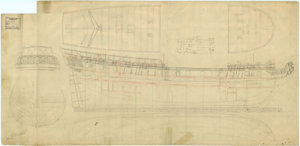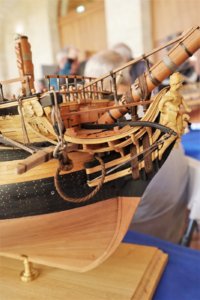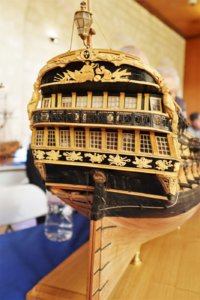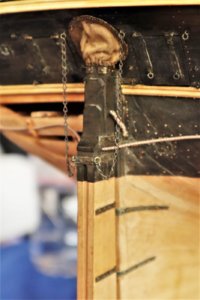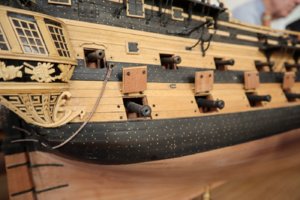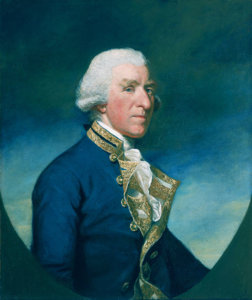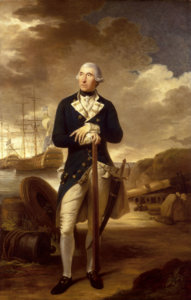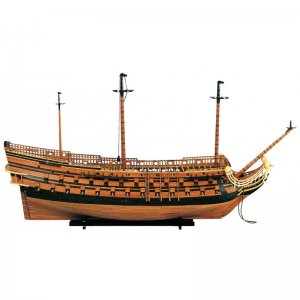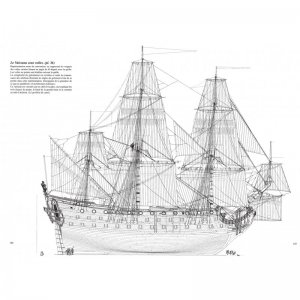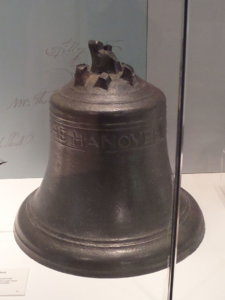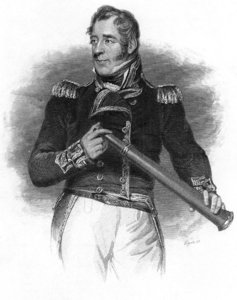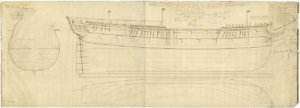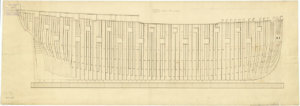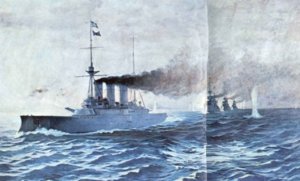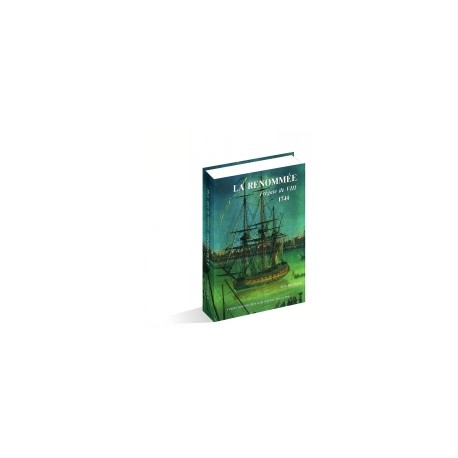Today in Naval History - Naval / Maritime Events in History
9th of December
some of the events you will find here,
please use the following link where you will find more details and all other events of this day .....
1694 – French The Téméraire, a 52-gun Anjou Class ship of the line of the French Navy. sunk by the English frigate HMS Montagu
Lyme was a 52-gun third rate Speaker-class frigate built for the navy of the Commonwealth of England at Portsmouth, and launched in 1654.
After the Restoration in 1660 she was renamed HMS Montagu. She was widened in 1675 and underwent her first rebuild in 1698 at Woolwich Dockyard as a 60-gun fourth rateship of the line. Her second rebuild took place at Portsmouth Dockyard, from where she was relaunched on 26 July 1716 as a 60-gun fourth rate to the 1706 Establishment.
The Montagu was broken up in 1749.

1768 – Launch of Spanish San Agustín, a 74-gun ship of the line built at the royal shipyard in Guarnizo
The San Agustín was a 74-gun ship of the line built at the royal shipyard in Guarnizo (Santander) and launched in 1768.

1779 – Launch of HMS Mercury, a 28-gun Enterprise-class sixth-rate frigate
HMS Mercury was a 28-gun Enterprise-class sixth-rate frigate of the Royal Navy. She was built during the American War of Independence and serving during the later years of that conflict. She continued to serve during the years of peace and had an active career during the French Revolutionary Wars and most of the Napoleonic Wars, until being broken up in 1814.

1791 – Launch of spanish Conquistador, a 74-gun San Ildefonso class ship of the line at Cartagena - transferred to France 23 April 1802, renamed Conquérant, stricken 1804

1798 - HMS Brazen, the ex-French privateer Invincible General Bonaparte (or Invincible Bonaparte or Invincible Buonaparte) captured frigate Boadicea
HMS Brazen was the French privateer Invincible General Bonaparte (or Invincible Bonaparte or Invincible Buonaparte), which the British captured in 1798. She is best known for her wrecking in January 1800 in which all but one of her crew drowned.

1815 - Spanish Reina Maria Luisa, a 112-gun Santa Ana-class wrecked
Reina María Luisa was a 112-gun three-decker ship of the line built at Ferrol for the Spanish Navy in 1791 to plans by Romero Landa. One of the eight very large ships of the line of the Santa Ana class, also known as los Meregildos. Reina María Luisa served in the Spanish Navy for three decades throughout the French Revolutionary and Napoleonic Wars, finally being wrecked off Béjaïa in 1815. Although she was a formidable part of the Spanish battlefleet throughout these conflicts, she did not participate in any major operations.

1905 – Launch of Greek Lemnos, sometimes spelled Limnos (Greek: Θ/Κ Λήμνος), a 13,000 ton Mississippi-class battleship
Lemnos, sometimes spelled Limnos (Greek: Θ/Κ Λήμνος), was a 13,000 ton Mississippi-class battleship originally built by the United States Navy in 1904–1908. As Idaho, she was purchased by the Greek Navy in 1914 and renamed Lemnos, along with her sister Mississippi, renamed Kilkis. Lemnos was named for the Battle of Lemnos, a crucial engagement of the First Balkan War. Armed with a main battery of four 12 in (305 mm) guns, Lemnos and her sister were the most powerful vessels in the Greek fleet.

1996 - Alexandria was a cargo-carrying three-masted schooner built in 1929 sunk
Alexandria was a cargo-carrying three-masted schooner built in 1929. Originally named Yngve, she was built at Björkenäs, Sweden, and fitted with a 58 H.P. auxiliary oil engine.

9th of December
some of the events you will find here,
please use the following link where you will find more details and all other events of this day .....
Naval/Maritime History - 10th of April - Today in Naval History - Naval / Maritime Events in History
Today in Naval History - Naval / Maritime Events in History 8 December 1693 - HMS St. Albans (1687 - 50) wrecked off Kinsale. HMS St Albans was a 50-gun fourth rate ship of the line of the English Royal Navy, launched at Deptford Dockyard in 1687. The ship fought in the Battle of...
shipsofscale.com
1694 – French The Téméraire, a 52-gun Anjou Class ship of the line of the French Navy. sunk by the English frigate HMS Montagu
Lyme was a 52-gun third rate Speaker-class frigate built for the navy of the Commonwealth of England at Portsmouth, and launched in 1654.
After the Restoration in 1660 she was renamed HMS Montagu. She was widened in 1675 and underwent her first rebuild in 1698 at Woolwich Dockyard as a 60-gun fourth rateship of the line. Her second rebuild took place at Portsmouth Dockyard, from where she was relaunched on 26 July 1716 as a 60-gun fourth rate to the 1706 Establishment.
The Montagu was broken up in 1749.
1768 – Launch of Spanish San Agustín, a 74-gun ship of the line built at the royal shipyard in Guarnizo
The San Agustín was a 74-gun ship of the line built at the royal shipyard in Guarnizo (Santander) and launched in 1768.
1779 – Launch of HMS Mercury, a 28-gun Enterprise-class sixth-rate frigate
HMS Mercury was a 28-gun Enterprise-class sixth-rate frigate of the Royal Navy. She was built during the American War of Independence and serving during the later years of that conflict. She continued to serve during the years of peace and had an active career during the French Revolutionary Wars and most of the Napoleonic Wars, until being broken up in 1814.
1791 – Launch of spanish Conquistador, a 74-gun San Ildefonso class ship of the line at Cartagena - transferred to France 23 April 1802, renamed Conquérant, stricken 1804
1798 - HMS Brazen, the ex-French privateer Invincible General Bonaparte (or Invincible Bonaparte or Invincible Buonaparte) captured frigate Boadicea
HMS Brazen was the French privateer Invincible General Bonaparte (or Invincible Bonaparte or Invincible Buonaparte), which the British captured in 1798. She is best known for her wrecking in January 1800 in which all but one of her crew drowned.
1815 - Spanish Reina Maria Luisa, a 112-gun Santa Ana-class wrecked
Reina María Luisa was a 112-gun three-decker ship of the line built at Ferrol for the Spanish Navy in 1791 to plans by Romero Landa. One of the eight very large ships of the line of the Santa Ana class, also known as los Meregildos. Reina María Luisa served in the Spanish Navy for three decades throughout the French Revolutionary and Napoleonic Wars, finally being wrecked off Béjaïa in 1815. Although she was a formidable part of the Spanish battlefleet throughout these conflicts, she did not participate in any major operations.
1905 – Launch of Greek Lemnos, sometimes spelled Limnos (Greek: Θ/Κ Λήμνος), a 13,000 ton Mississippi-class battleship
Lemnos, sometimes spelled Limnos (Greek: Θ/Κ Λήμνος), was a 13,000 ton Mississippi-class battleship originally built by the United States Navy in 1904–1908. As Idaho, she was purchased by the Greek Navy in 1914 and renamed Lemnos, along with her sister Mississippi, renamed Kilkis. Lemnos was named for the Battle of Lemnos, a crucial engagement of the First Balkan War. Armed with a main battery of four 12 in (305 mm) guns, Lemnos and her sister were the most powerful vessels in the Greek fleet.
1996 - Alexandria was a cargo-carrying three-masted schooner built in 1929 sunk
Alexandria was a cargo-carrying three-masted schooner built in 1929. Originally named Yngve, she was built at Björkenäs, Sweden, and fitted with a 58 H.P. auxiliary oil engine.


